West Bengal
About West Bengal
West Bengal boasts of different ethnicities, cultures, religions, people and languages which add to its beautiful landscapes, forests, coastal beauty as well as its heritage.The beautiful state of West Bengal attracts a significant number of tourists every year as the state is jewelled with mesmerising landscapes, snow-clad mountains, gushing sea, blossoming tea gardens, enormous deltas, lush green forests, plentiful wildlife, ancient temples and magnificent British monuments. The Tiger Hill, the Howrah Bridge, the Tea Gardens are some of the famous tourist spots which offer an insight into the vast culture and history of the West Bengal. The culture of the state is adorned by colourful fairs and festivals every month. A vast number of famous pilgrimages also attract a large number of tourists of all faiths and beliefs.
Kolkata
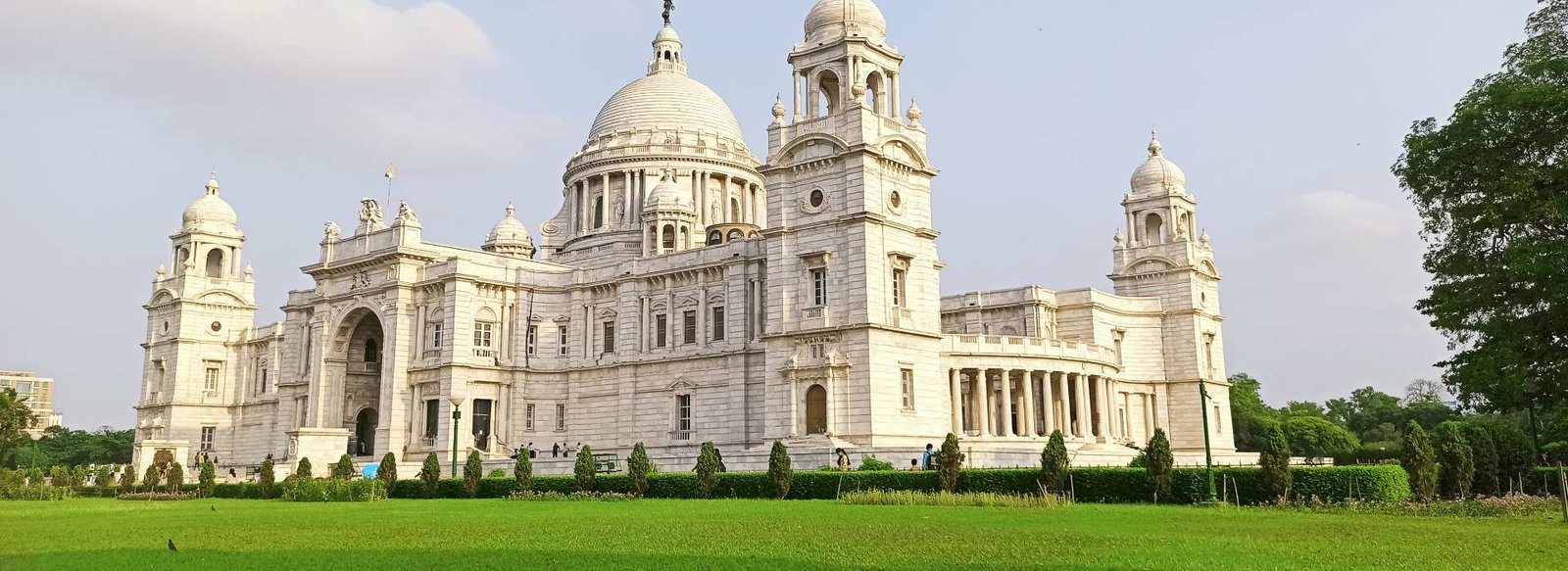
Kolkata, India’s second biggest city, is a perpetually ongoing festival of human existence, concurrently luxurious and squalid, refined and frantic, pointedly futuristic, while beautifully in decay. A vibrant 350-year-old metropolis located on India’s Eastern Coast, the capital of West Bengal thrives on contradictions and imposing spectacles; nothing is commonplace in this city. Famously known as the City of Joy, Kolkata is, in every sense, the artistic, cultural and intellectual capital of the country. Kolkata’s streets are vivid, hectic, chaotic, and yet, brimming with life and creativity. Driven by the indomitable spirit of the self-made middle class, the city has created a beautiful juxtaposition of the old colonial-era charm with the nascent upcoming hipster culture that thrives amongst the city’s millennial residents.Starting from admiring the flourishing art scene in the city to going on rewarding gastronomical explorations to wandering amidst the countless bazaars to sitting by the banks of the Hooghly and enjoying a peaceful sunset, Kolkata is soaked in layers and layers of heritage and culture, and peeling off each layer to look beneath the hood is a very rewarding, once-in-a-lifetime experience. As the famous quote goes, “If you want a city with a soul, come to Calcutta”.
Things to Do

Victoria Memorial
Another relic of the British Raj in India, the Victoria Memorial is located in the heart of Kolkata, in West Bengal. This white marbled opulent structure was built in memory of Queen Victoria to celebrate her 25 years of rule over India and is almost a replica of the Victoria Memorial in London. Victoria Memorial is an iconic structure that is synonymous with the city of joy! The memorial is surrounded by a lush green and well-maintained garden, which spreads over 64 acres and has numerous statues and sculptures in it. A sixteen-foot tall bronze statue of victory, mounted on ball bearings at the top of the memorial, serves to heighten the overall appeal and grandeur of the entire complex. Victoria Memorial is breathtaking and marvellous, especially at night, when it is illuminated. The Sound and Light shows that take place in the evening are an added delight, and a must watch. All in all, the place is a must visit for people to wish to relive the essence of the Victorian era in the modern day world.
Howrah Bridge
An iconic landmark of Kolkata, Howrah Bridge is a massive steel bridge constructed over the Hooghly River. It is considered to be among the longest cantilever bridges in the world. Also known as Rabindra Setu, it connects Howrah and Kolkata. It carries daily traffic of over 100,000 vehicles and countless pedestrians and is as historic as it is grand. The opulence of the bridge, however, comes alive in the night time as it is all lit up. You can also take a ferry ride as it runs between Kolkata and Howrah, from the launch ghat. The view of the city from the ferry, especially in the night, is priceless, to say the least. Howrah Bridge was the third-longest cantilever bridge at the time of its construction, but now it is the sixth-longest one of its types. It was renamed as Rabindra Setu on June 14, 1965, after the name of Nobel Laureate Rabindranath Tagore. It spreads about 1500 ft over the Hooghly River and is 71 ft wide. There is a total of 8 lanes of strand road, bicycles, and pedestrians. What makes this bridge unique is the fact that it was built without a single nut or bolt and is held together by rivets.
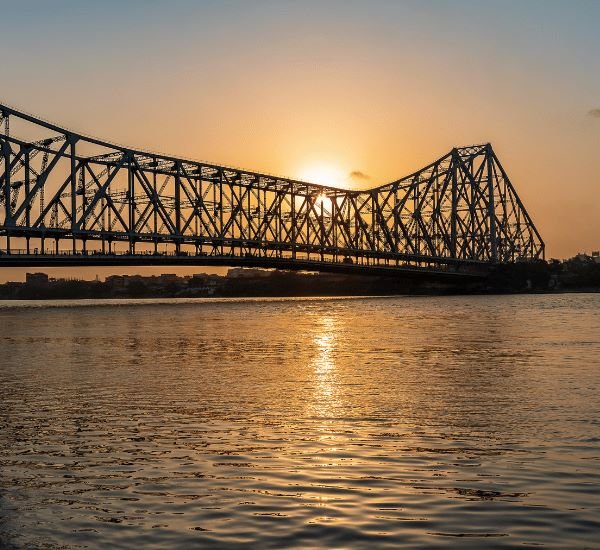
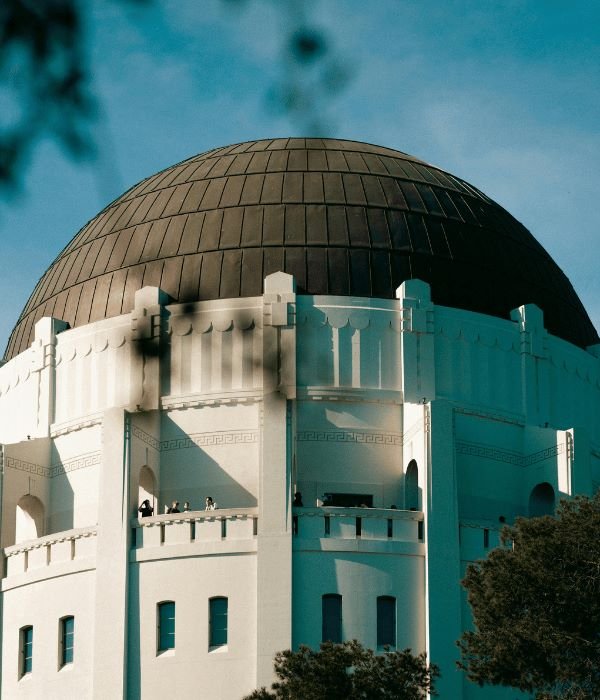
Birla Planetarium
Situated at the famous Chowringhee Road right in the proximity of Victoria Memorial and St. Paul’s Cathedral Birla planetarium is the largest planetarium in Asia and the second largest in the world! Situated in the city of joy – Kolkata, Birla Planetarium is a magnificent edifice set up by Pandit Jawaharlal Nehru on 2nd July 1963. It is one of the three planetariums present in India. Also known as Taramandal, the Birla Planetarium regularly holds many shows and programs are in various languages including Hindi, English, Bengali, and other regional languages. In addition to being a planetarium, Birla Planetarium also has an electronics laboratory and an astronomy gallery that has a collection of paintings and astronomical models. A visit to the Birla Planetarium is an exciting way to ignite your interest in science and the motion of planets. People, especially astronomy lovers, arrive from all over the world to experience the amazing shows organized here. A trip here includes a tour of the planets, where interesting details about them and the other fascinating celestial bodies present in our universe are discussed. Silence rings loud while the show goes on, which in itself is a testament to the mesmerising effect of the shows here. Pictures of famous astronauts and other celestial bodies are put on display in the hallway. One can have a look at them after attending the show.
Indian Museum
The ninth oldest museum of the world and largest in India, the Indian Museum is located in the city of joy – Kolkata. The foundation stone of the Indian Museum was laid down in the year 1814 and has been a centre of multidisciplinary activities ever since. Popularly known as ‘Jadughar’, it has the finest collection of contemporary paintings, sacred relics of Buddha, Egyptian mummies and ancient sculptures. In addition to these, the Indian Museum boasts of some of the most exquisite collections of ornaments, fossils, skeletons, antiques, armours, and stunning Mughal paintings.Presently, the museum has 35 galleries which have been divided into six categories namely Art, Archaeology, Anthropology, Geology, Zoology and Economic Botany. For those inquisitive about history, there is also a library and bookshop present within the museum premises. Indian Museum recently celebrated its bicentennial anniversary with great fervour in February 2014. With its splendid collection, the museum takes you back in time to witness our fascinating past.
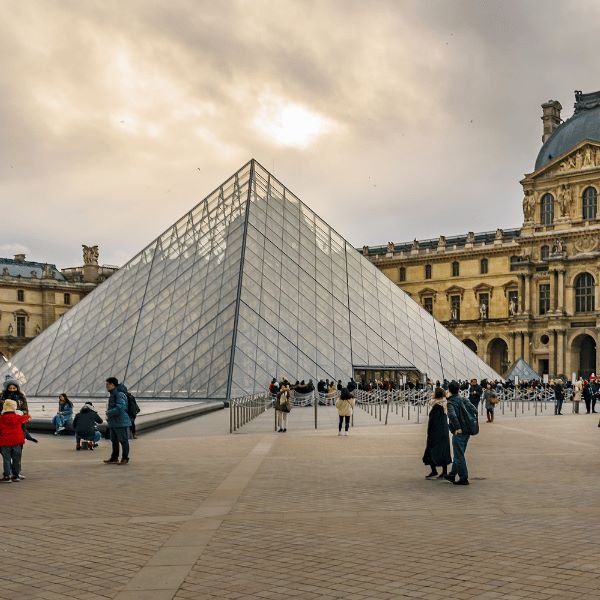

Belur Math
Belur Math in Kolkata is the headquarters of the Ramakrishna Math and Mission. Sprawling over forty acres of land on the west bank of the Hooghly River, it is visited by people from all over the world, irrespective of their religious beliefs.The temple is known for its distinctive architecture, which fuses Hindu, Christian and Islamic motifs as a symbol of unity of all religions. Founded by Swami Vivekananda, the chief disciple of Ramakrishna Paramahansa, the temple is at the heart of the Ramakrishna Movement. The temple complex also houses a museum and several other affiliated educational institutions. The evening Aarti takes place 5:30 PM, at which an evening bell is rung to indicate that visitors are not allowed to loiter on the Math grounds and are also not allowed to visit any temple other than Sri Ramakrishna temple. The Aarti songs sung are hymns of praise to Sri Ramakrishna and Sri Sarada Devi. The Aarti here is different from those at other places of worship since one is expected just to sit and meditate. There is no religious offering made. Flowers and sweets are not offered.
Fort William
The mighty edifice of Fort William is situated in the city of Kolkata, on the eastern bank of the Hooghly River. Built in the year 1696, the fort is named after King William III and was the first stronghold of the British in the country. The magnificent structure is spread over 70.9 acres and is embellished with hundreds of arched windows that overlook lush green gardens. Meticulous stonework adorns the surface of the building and it took as long as took ten years to reach completion. However, it was soon realized that the building had a few loopholes, and a new octagonal building was constructed whose foundation was laid by Sir Robert Clive.Over the course of its existence, Fort William has served a number of purposes, each of which was in stark contrast to the other. Initially, it comprised of wings and an inner bastion where prisoners were hauled which is why it was known as ‘the black hole of Calcutta’. Today, Fort William is the property of the Indian Army and has a capacity of accommodating up to 10,000 army personnel. It also serves as the headquarters of the Eastern Command. Due to its importance with respect to Indian intelligence, access to the interiors of the fort is limited to army personnel and their relatives. However, you can visit the palace for its stunning architecture.
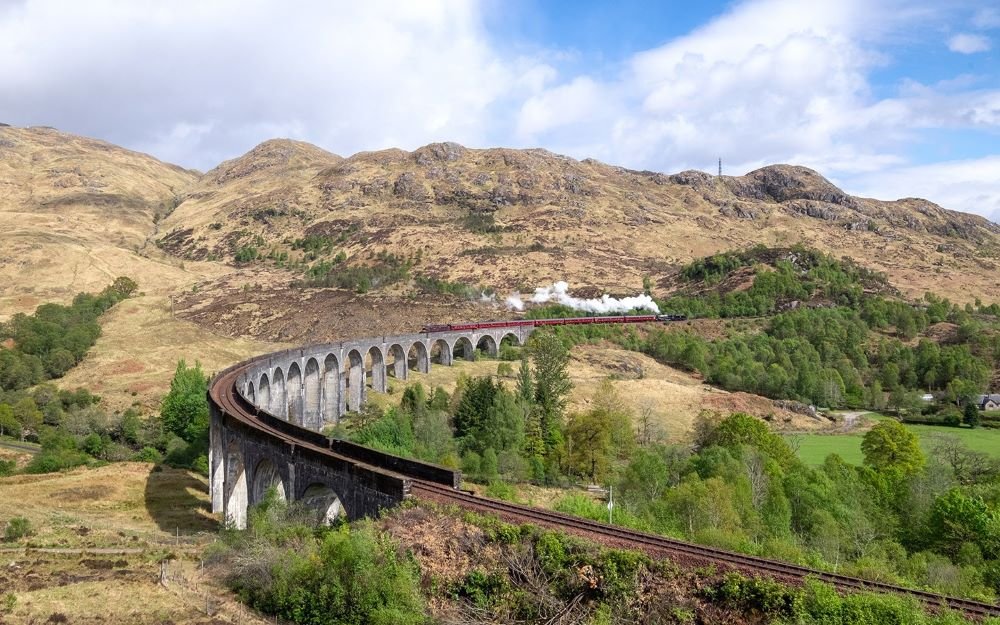
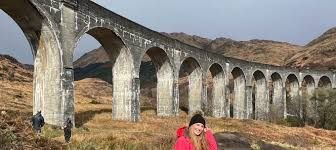
Darjeeling
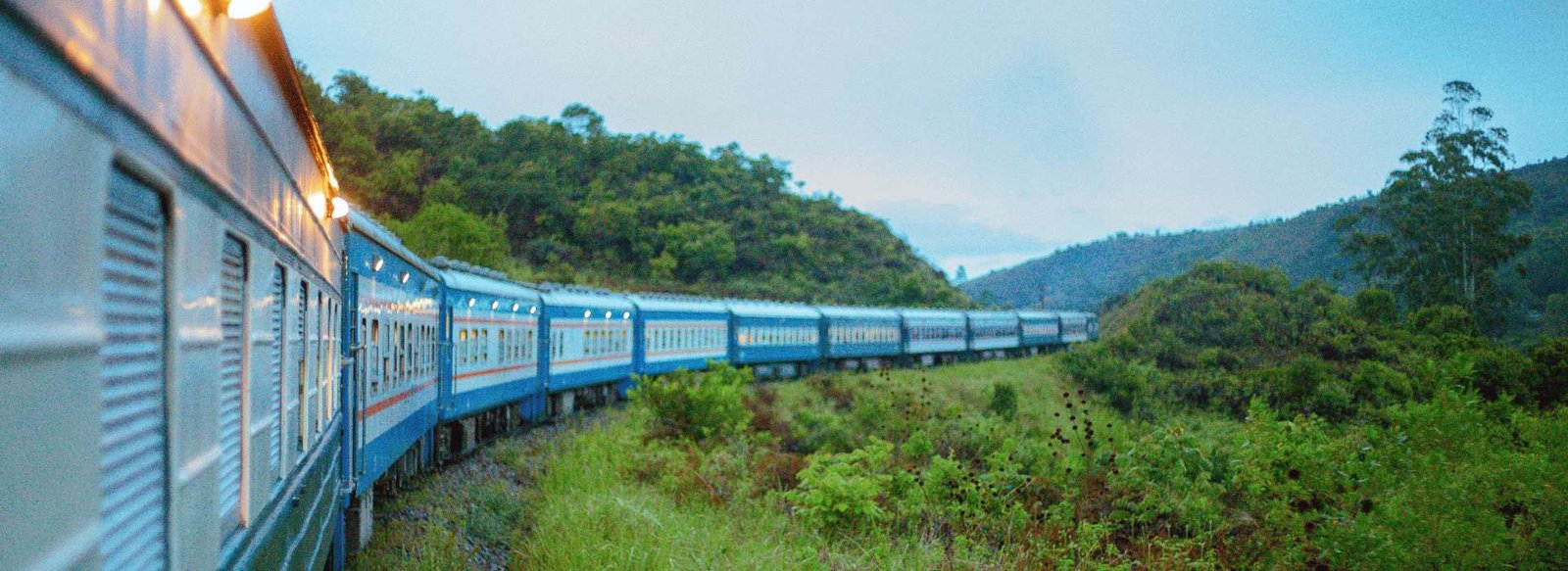
Jaw-dropping locales, mesmerising sunrises, the untouched beauty of the hills, the old-world charm of the past, and the welcoming smiles of the local people all add up to make Darjeeling one of the most beautiful hill stations in Eastern part of India. Spread over a steep mountain ridge, nestled amidst acres of lush green tea plantations, Darjeeling stands at the height of 2,050 meters above sea level, thus boasting of cool climes all year round. This scenic hill station is the perfect getaway for a romantic honeymoon and is just around 700 kilometres away from Kolkata. A respite from the hot and humid summers of India, Darjeeling is a popular tourist destination in North-East India. Providing a heady mixture of splendid tea gardens on rolling mountain slopes, meandering toy train rides through the picturesque city, and delectable traditional Tibetan cuisine, Darjeeling works wonders to cater to the gorgeous panorama of the Himalayas.
Darjeeling Himalayan Railway
The Darjeeling Himalayan Railway also referred to as the DHR, and lovingly called the ‘Darjeeling Toy Train’, is a 2 feet narrow gauge train that runs between New Jalpaiguri and Darjeeling, in West Bengal, India. The construction of this 88-kilometre long railway line took place between 1879 and 1881, and a ride on this train route has been a coveted experience ever since. A journey in the Darjeeling Toy Train has amazing sights with pleasing mountain views and pass by villages and local shops on the way, with children merrily waving at them.The Darjeeling Himalayan Railway provides significant transport links between various parts of the Darjeeling hills and lower plains and is a piece of sheer engineering inventiveness and vision. How else can a small steam engine pull mini coaches up the steep mountains by overcoming almost unfeasible curves and gradients? This is perhaps why the Darjeeling Toy Train was declared as a UNESCO World Heritage Site on 2 December 1999. Later on, two more railway lines were added, and the site came to be known as the Mountain Railways of India. A ride on such a heritage transport is no doubt a relaxing and charming one but is also prestigious because this train is what once provided the first and most important mountain transportation link in the country.


Tiger Hill
Lying at an altitude of 2590 meters and a distance of 13 kilometres away from the Darjeeling, Tiger Hill is most famous for its splendid sights of sunrise from where you can see the peaks of Kanchenjunga illuminate before the sun is seen at lower elevations. The magnificent view of snow-capped mountains sitting amidst cotton clouds attracts tourists to Tiger Hill from all over the country. Interestingly, this is also the summit of Ghoom, which is the highest railway station in the Darjeeling Himalayan Railway, a UNESCO World Heritage Site.The starting time from Darjeeling is 3.30 AM to reach tiger hill by 4.15 AM The starting time becomes 4.15 AM in winters due to delayed sunrise time. The roads get blocked by a convoy of jeeps and cars during the peak season. To get up to the sunrise spot, it requires a short climb on foot from the parking spot. One can book a car or an Innova for INR 1200/ INR 1800 from a travel agency in the city or pay INR 200 per head.
Darjeeling Ropeway
Darjeeling is renowned across the world as one of the most picturesque hill stations, where one can witness a myriad of exquisite landscapes, from the glorious snow-capped mountains to the charming valley replete with verdant tea estates. For this reason, the Darjeeling Ropeway finds itself as a prime attraction of Darjeeling, giving its passengers an array of divine panoramic views as they travel across the magical valley.Established in 1968, the Darjeeling Ropeway is India’s first cable car system, set up to cater to the tea gardens in the valleys which did not have easy access. Today, it serves as a coveted tourist hotspot, attracting scores of tourists all year round to experience the beauty of Darjeeling’s scenery in the best way possible. With 16 cable cars, each car accommodates 6 people as it travels from the North Point in Singamari to the Singla Bazaar, situated by the banks of the enchanting Ramman river, transporting passengers at an altitude of 7000 feet. The view of the numerous tea estates of Darjeeling, the cascading waterfalls, and the majestic Kanchenjunga makes this experience an essential to every tourist in Darjeeling. The gondola moves at a moderate speed, allowing travellers some good opportunities for some brilliant photo opportunities. At the bottom end of the trip, the cable car halts for a while, where travellers may explore the lovely tea gardens, or relax at the small mountain cafe, before proceeding back to the Singamari base station.

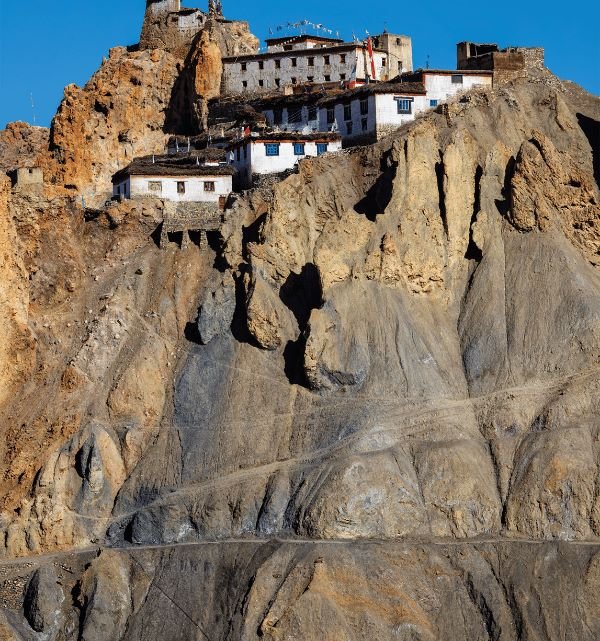
Himalayan Mountaineering Institute
Located in Darjeeling, Himalayan Mountaineering Institute is recognized as one of the best mountaineering institutes in the world. Established on 4th November 1954, the primary purpose of this initiative was to encourage, enhance and support the interest of the people in the sport of mountaineering, and to channel the abundant energy of the youth into a productive and self-awarding sport. Aspiring mountaineers from all over the world come to this institute to develop their skills. Besides being one of the best mountaineering institutes in the world, the Himalayan Mountaineering Institute has become a significant tourist attraction on account of its picturesque setting in the hill station of Darjeeling. The magnificent view of the 8586-meter high peak of Kanchenjunga, the third highest peak in the world, from this institute is genuinely mesmerizing. In the field of adventure, the Himalayan Mountaineering Institute aims at developing mountaineering as a sport of scientific and entrepreneurial pursuit. A mountaineer doesn’t just climb mountains, he understands them. He feels the earth beneath his feet and pampers it.
Nightingale Park
Located in the mesmerising hill station of Darjeeling, the Nightingale Park is a public park area frequented by the tourists and locals to relish gorgeous views of the Kanchenjunga ranges. It serves as an ideal place to unwind and recharge amidst lush greenery and soothing winds. This park was earlier called ‘The Shrubbery’ when it was a private courtyard of Sir Thomas Tartan’s Bungalow, during the British reign. Flanked by a covered archway, the entrance leads you to pebbled walkways around this oval-shaped park. Since the Nightingale Park is at a slighted elevated terrain, you need to climb a few steps to reach the entry to this green haven. The park was closed for renovation for about four years and has reopened for the public since 2011. There is a giant statue of Lord Shiva, a musical fountain along with the great scenery.
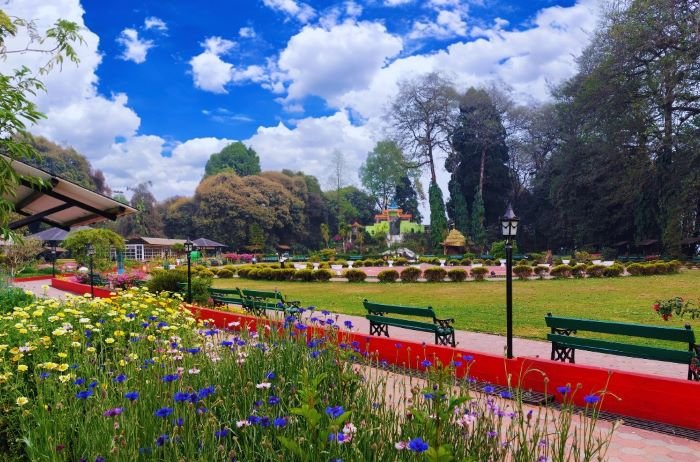
Sundarbans
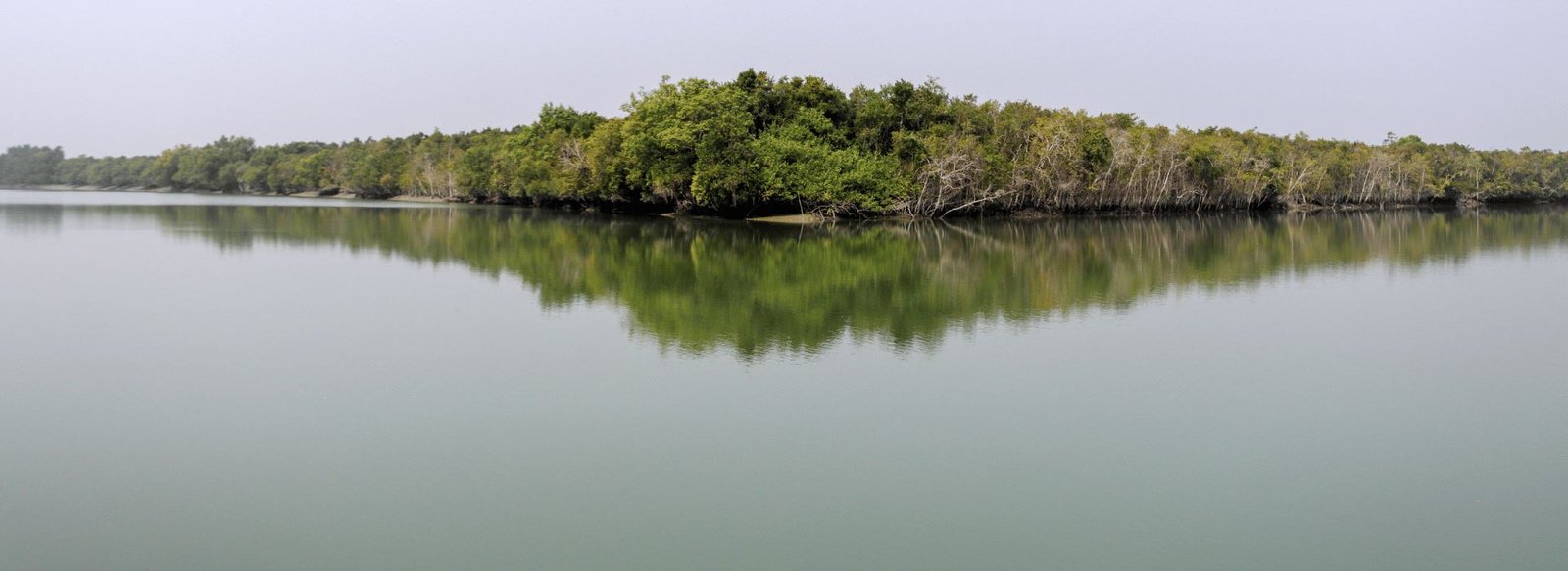
Known for hosting the biggest mangrove forests in the world, Sundarbans National Park is located in West Bengal, India. It is also a Tiger Reserve and a Biosphere reserve that provides a complete nature’s circle to the tourist right from ‘Royal Bengal tigers’ to roaring rivers and beautiful estuaries. Sundarbans National Park is a part of Sundarban delta that is covered with Mangrove Forest and the largest population of the Bengal Tigers. It is a UNESCO world heritage site with a large variety of birds and reptiles including salt-water crocodile.Shared between India and Bangladesh, the Sundarbans meaning beautiful forest, have been declared a UNESCO heritage site. This area has a silent charm that manages to amaze one with the simplicity and naturalness of its ecological balance in spite of offering habitat to some of the most dynamic and awe-inspiring flora and fauna. They are in fact the last remaining stands of the mighty jungles which once covered the Gangetic plain and the sustainability of this natural structure is pretty majestic. Since 1966, the Sundarbans have been a wildlife sanctuary, and it is estimated that there are over 400 Royal Bengal Tigers and about 30, 000 spotted deer in the area. This forest has the largest number of Sundari trees. Sundarbans epitomize wilderness with its meandering rivers, springs, creeks and estuaries. It is a declared Tiger Reserve, home to the Royal Bengal Tiger- an almost extinct species who swim in the saline water and are often man-eating varieties.Other endangered species in the Bioreserve are Batagur baska, King Crabs, Olive Ridley and Turtle. You can also find the jungle fowl, giant lizards, spotted deer, wild boar and crocodiles in these forests. The Siberian ducks are another famous attraction here. Besides this, there are over 64 varieties of Mangroves such as Goran, Genwa, Dhundal, Garjan, Kankra, Sundari and Passur. Make sure to hit the Nilkamalor Hiron Point and Katka viewpoints that offer fantastic views of animals in the wilderness. Also, enjoy the mud-flats called Chargheri Char where you can enjoy coastal trekking.
Siliguri

Situated in the Jalpaiguri and Siliguri districts of West Bengal, Siliguri is a city known as the Gateway to North-East India. Located 560 kms from Kolkata to the north, Siliguri is the twin city of Jalpaiguri and the third largest in West Bengal. Siliguri has its own international airport which serves mainly as a base for tourists to camp in before moving out to explore nearby tourist attractions such as Kalimpong, Darjeeling, Gangtok and Bhutan. However, Siliguri itself is a perfectly good holiday destination, with sufficient things to see and do. Over the years, Siliguri has become famous for its products such as tea and timber and also an important commercial and connecting hub.The Jaldapara National Park, situated on the banks of the Torsa river, is a prime attraction of Siliguri. Earlier known as the Jaldapara Wildlife Sanctuary, the park is spread over an area of around 215 kilometres, and is comprised of riverine forests as well as grasslands. The park is famous for its impressive population of Royal Bengal Tigers, elephants, one-horned rhinoceros, and various other species of deer. To get the best out of the park, you can go for an elephant ride, which will give you a chance to catch a glimpse of the animals up close.

